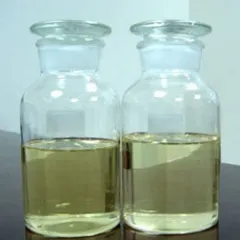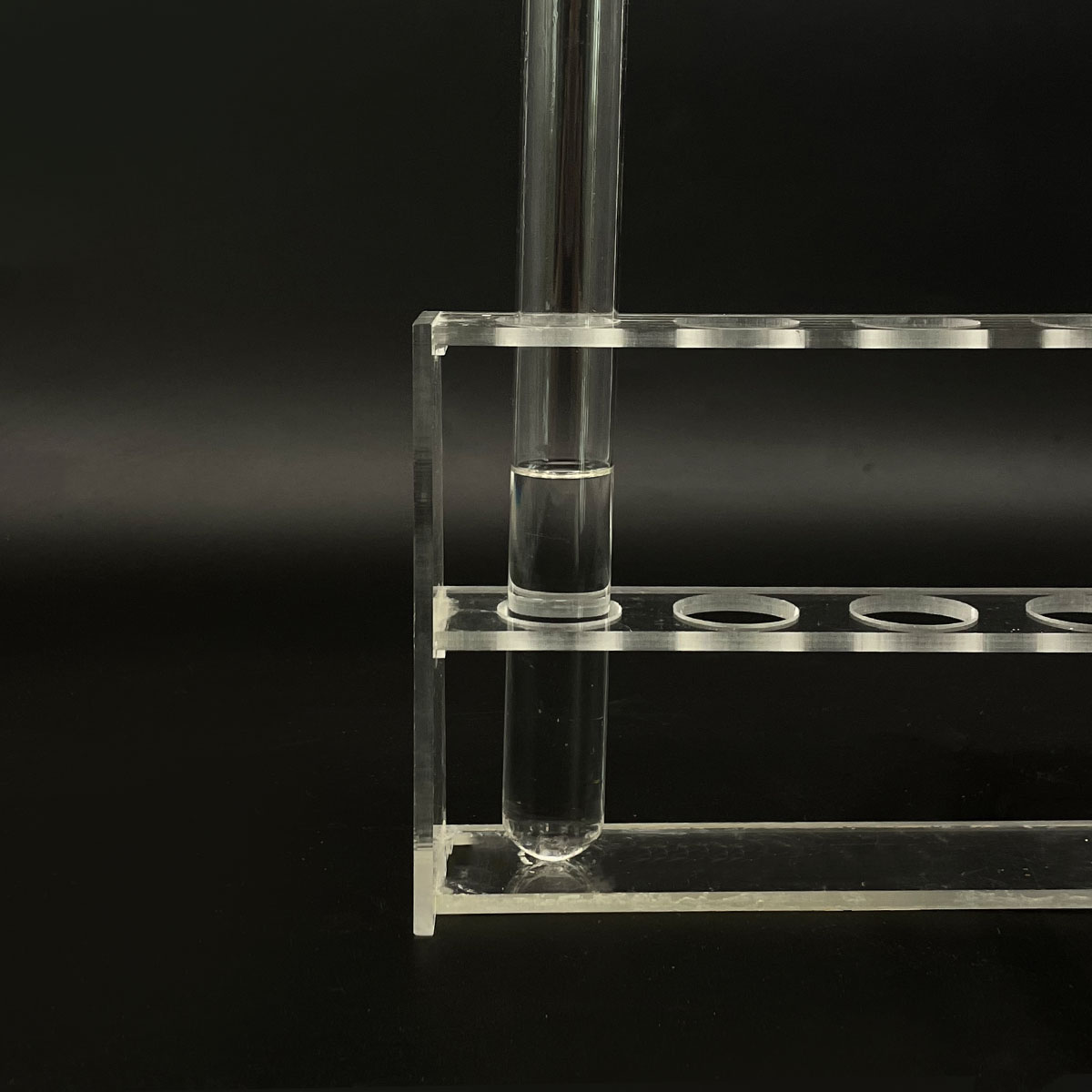**Surfactant Sleuthing: Where This Magic Molecule Hides**
(What Has Surfactant In It)
Ever wonder why your dish soap cuts through grease, your shampoo makes mountains of foam, or your lotion sinks in so nicely? The secret agent behind these everyday miracles is something called a surfactant. It’s a sneaky little molecule that pops up in more places than you might guess. Think of it as a tiny peacemaker, calming the constant battle between oil and water. Let’s go on a scavenger hunt to uncover where surfactants are hiding and why they matter so much.
**1. What Exactly Is a Surfactant?**
Surfactant is a made-up word. It comes from “surface active agent.” That’s a fancy way of saying it works magic on surfaces. Picture a molecule with two distinct personalities. One end is a social butterfly that loves water. We call this hydrophilic. The other end is a bit of a loner, shunning water and clinging to oils and grease. This end is hydrophobic. This split personality is the key. When you add surfactant to water, the water-hating ends try to escape the water. They stick up out of the surface. This reduces the water’s surface tension. It makes water “wetter.” It allows water to spread out and mix with things it normally wouldn’t, like oils. Surfactants are the ultimate matchmakers between opposites.
**2. Why Do We Use Surfactants So Much?**
Surfactants are incredibly useful. They solve problems we face daily. Their main superpowers are cleaning, foaming, wetting, and emulsifying. Cleaning is the big one. Dirt and grease are oily. Water alone can’t grab them. A surfactant molecule attacks grease. Its oil-loving end buries itself in the grease blob. The water-loving end stays in the water. When you rinse, the water pulls the whole thing away. Foam happens when surfactants trap air in water. The molecules form bubbles. Foam helps spread cleaning agents over surfaces. Wetting means making a liquid spread easily. Surfactants lower surface tension. This lets water soak into fabrics or spread across surfaces. Emulsifying means mixing oil and water. Think salad dressing. Without an emulsifier like lecithin (a natural surfactant), oil and vinegar separate. Surfactants coat tiny oil droplets, letting them float in water. This makes creamy lotions and stable sauces possible. Without surfactants, modern cleaning and personal care would be impossible.
**3. How Do Surfactants Work Their Magic?**
The magic happens because of that two-headed structure. Imagine a crowd of surfactant molecules meeting water. The hydrophobic tails want out. They either stick their tails straight up out of the water surface or they huddle together. Inside the water, they form little balls called micelles. The water-loving heads face outwards. The oil-loving tails point inwards, hiding from the water. This is crucial for cleaning. When you scrub a greasy pan, the hydrophobic tails dive into the grease. The hydrophilic heads face the water. Agitation helps break the grease into tiny droplets. These droplets get surrounded by surfactant molecules. The heads keep the droplet suspended in the water. Now, the grease can be rinsed away. For foaming, surfactants line up at the air-water interface. The hydrophobic tails point into the air. The hydrophilic heads stay in the water. This stabilizes the bubble walls. For emulsifying, surfactants coat tiny droplets of oil. The heads face the water. The tails face the oil inside. This stops the droplets from merging back together. It creates a stable mixture. It’s molecular engineering at its finest.
**4. Surfactant Applications: Where You’ll Find Them**
Open your cupboard or glance in your bathroom. Surfactants are everywhere. Here’s a quick tour:
* **Cleaning Powerhouses:** Dish soaps, laundry detergents, all-purpose cleaners, floor cleaners, hand soaps, car washes. They rely heavily on surfactants to lift dirt and grease.
* **Personal Care Essentials:** Shampoos, conditioners, body washes, facial cleansers, toothpaste, shaving creams. They use surfactants for cleansing and foaming. Conditioners use them to help ingredients coat hair.
* **Beauty & Skincare:** Lotions, creams, foundations, makeup removers. Surfactants act as emulsifiers to blend oil and water. They help products spread smoothly and absorb.
* **Industrial & Technical:** Paints, coatings, inks, pesticides, herbicides, oil recovery fluids. They use surfactants for wetting surfaces, dispersing pigments, or forming emulsions.
* **Food Industry:** Some baked goods, ice creams, whipped toppings, salad dressings. Food-grade surfactants help mix ingredients, improve texture, and stabilize foams or emulsions.
* **Medicine & Pharma:** Drug delivery systems, some tablets, and disinfectants may utilize surfactants to improve solubility or effectiveness.
**5. Surfactant FAQs: Your Questions Answered**
* **Are surfactants safe?** Generally, yes, when used as directed. Modern formulations are rigorously tested. Some people have sensitive skin. They might react to certain surfactants. Look for milder options like coco-glucoside or decyl glucoside if needed. Always rinse cleaning products off skin.
* **Are surfactants bad for the environment?** This is complex. Older surfactants like some branched alkylbenzene sulfonates broke down slowly. They caused foam in rivers. Today, most household surfactants are designed to biodegrade quickly. They meet strict environmental standards. Proper wastewater treatment helps. Choosing eco-certified products is a good step.
* **What’s the difference between soap and surfactant?** Soap is a specific type of surfactant. It’s made from natural fats and oils reacting with lye. Synthetic surfactants are made from petroleum or plant oils. They are often more effective in hard water. Soap can form scum with minerals. Both clean using the same basic principle.
* **Can I avoid surfactants?** Completely avoiding them is very hard. They are fundamental to modern products. You can choose products with plant-derived or milder surfactants. You can also reduce overall product use.
(What Has Surfactant In It)
* **What does “SLS-free” mean?** SLS stands for Sodium Lauryl Sulfate. It’s a strong, effective surfactant. It can be harsh on sensitive skin. “SLS-free” products use alternative surfactants. These are often gentler, like Sodium Lauryl Sulfoacetate or the glucosides mentioned earlier.
Inquiry us
if you want to want to know more, please feel free to contact us.




